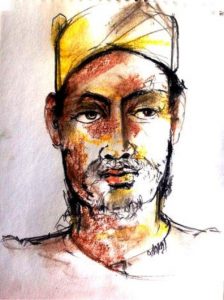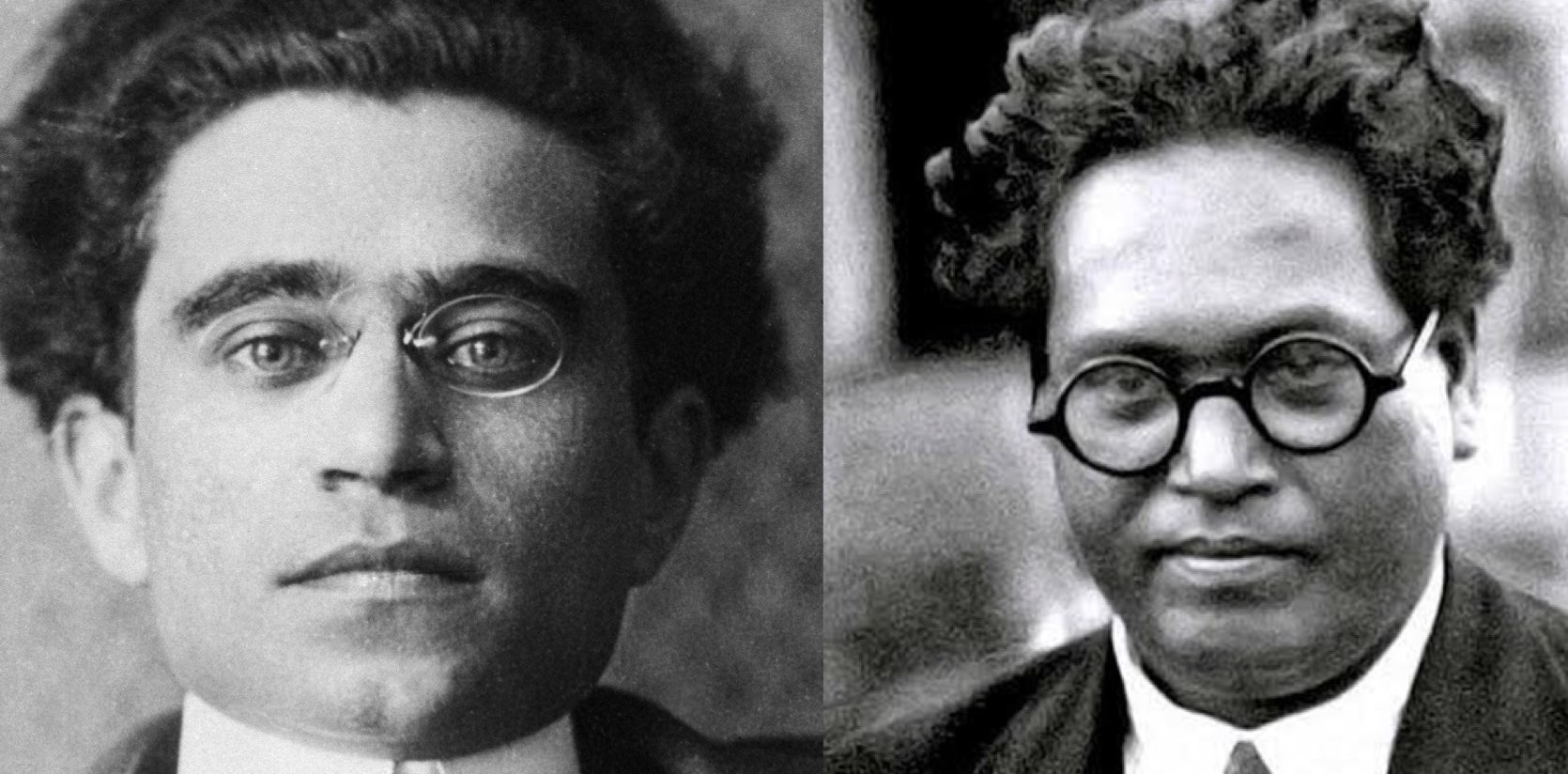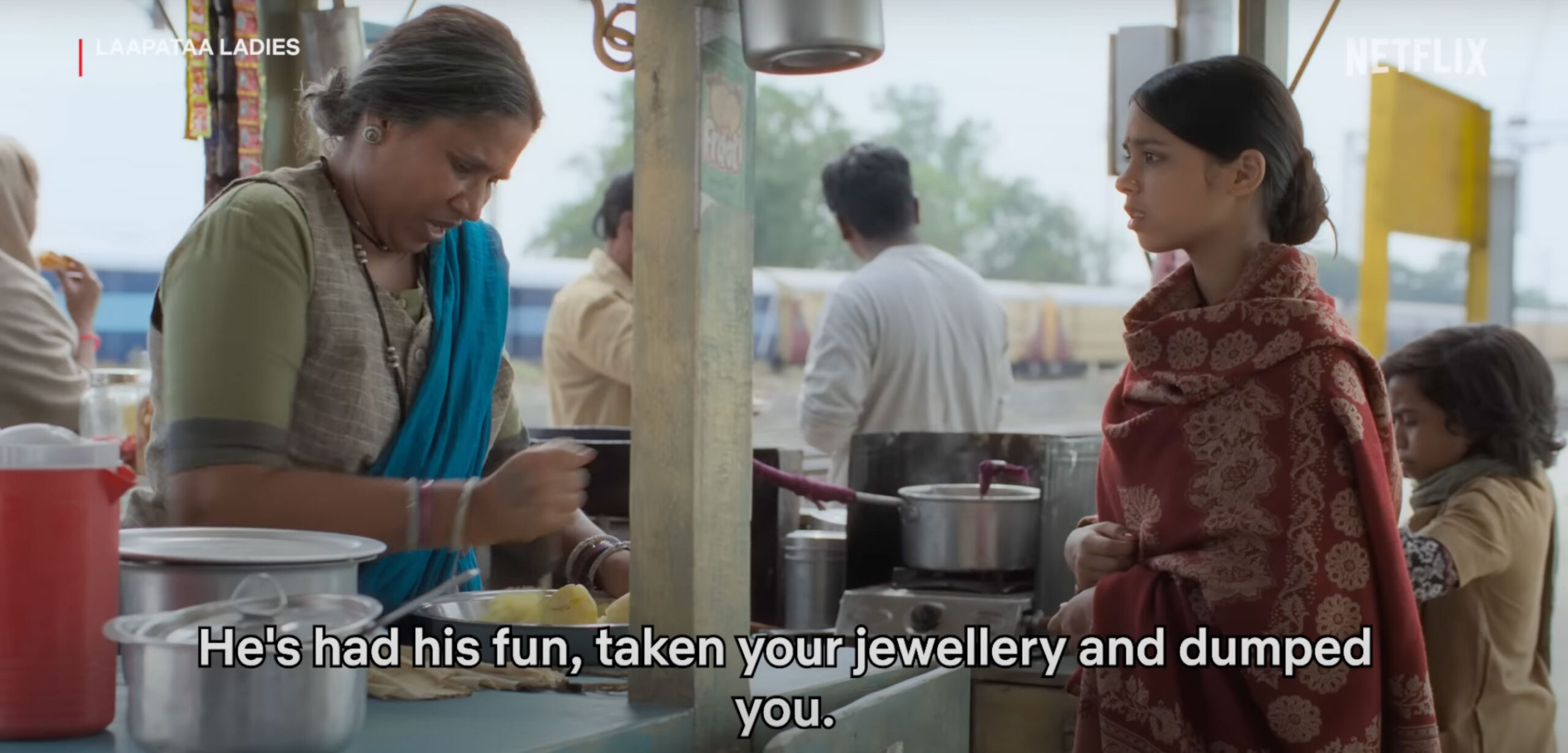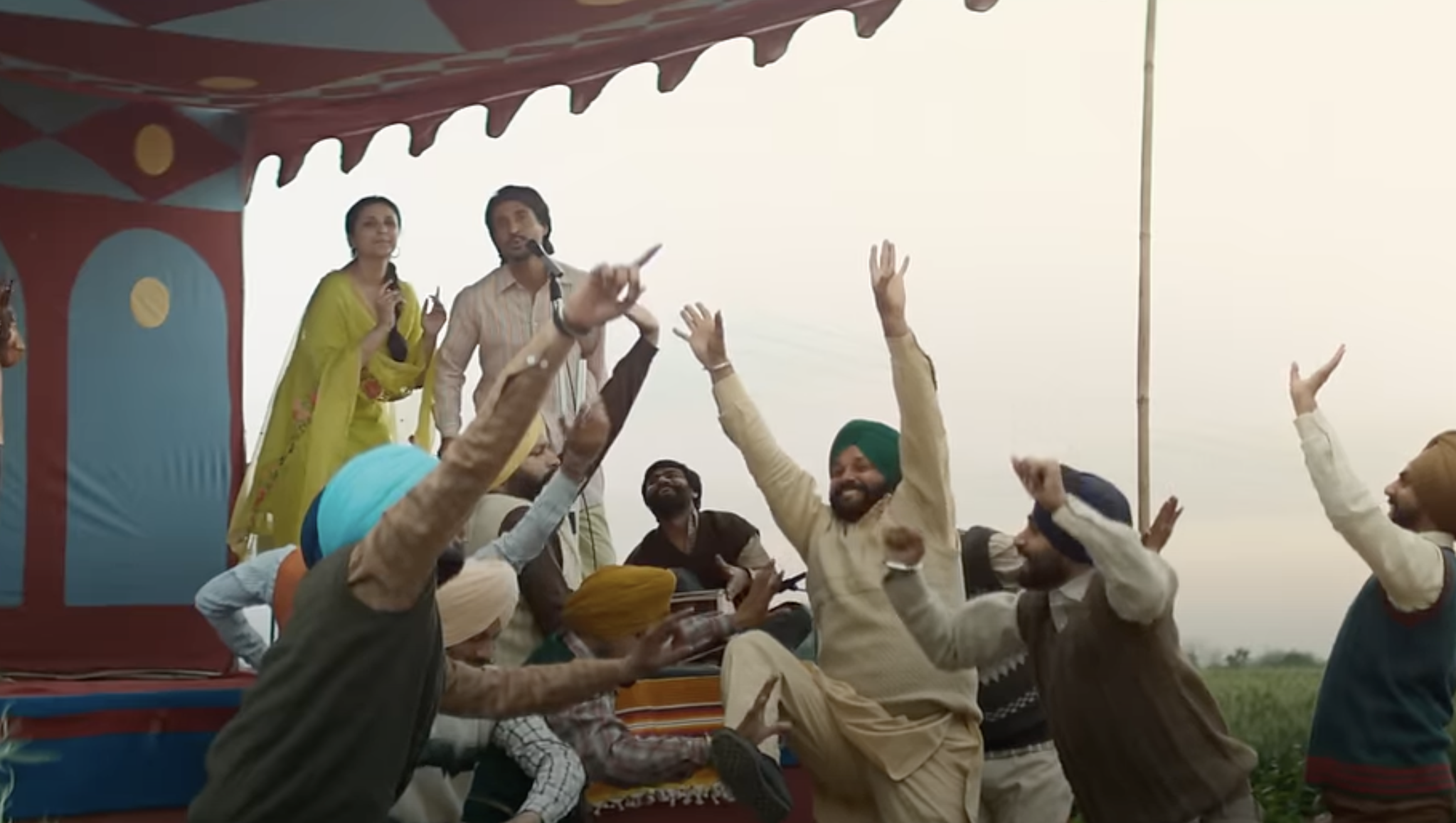Did there ever live a poet called Vidyapati? Or is this the name of a raga based on a folk tune? Was a poetess named Kajli ever there in flesh and blood? Or was it the name of a raga based on a folk tune? Did poet Chaita exist? Or was it the name of a raga based on a folk tune?
Vidyapati: poet or raga
Vidyapati’s name is associated with over a dozen rulers of Mithila. He was very close to Raja Shiv Singh. He also enjoyed the patronage of Rani Lakhima Devi. Yet, no history book mentions Mahakavi Vidyapati. His father was also in the court of many kings and so was his grandfather. But no king of Mithila even takes his name.
Many books were written describing the lives and works of the poets of the medieval era. These include Chaurasi Vaishnav Kee Varta, Do Sau Bavan Vaishnav Kee Varta, Bhaktamaal, Kavimala and Kalidas Hazara. They talk of Kabir, Sur, Tulsi and other Bhakti poets but Vidyapati is missing from all of them. Vidyapati is considered a Krishna Bhakti poet. There were hundreds of Bhakti poets in the medieval era but none mentioned Vidyapati.
The history books written in the initial period of the modern era show no awareness of the existence of Vidyapati. The historians of Hindi literature, such as Shiv Singh Sengar and Garcin de Tassy, do not talk about him. For the first time, in 1873, John Weems revealed that the real name of Vidyapati was Vasant Rai and he came from Balosar village of Jessore district (now in Bangladesh). Surprisingly, “Vasant (Rai)” is also a raga attributed to Vidyapati. Then, in 1875, Rajkrishna Mukhopadhyaya insisted that Vidyapati was not a Bengali but a Maithili. When George Abraham Grierson was appointed the sub-divisional magistrate of Madhubani, at the behest of Maithili Brahmins, he created in 1881 the persona of Vidyapati and, on the basis of what people told him, compiled 82 verses. Before Grierson, Vidyapati’s creations were also compiled in Ragatarangini authored by Lochan and some other Vaishnav compilations. But they are also in the form of ragas. In some places, it is clearly said, “Iti Vidyapateh” (Thus ends the Vidyapati raga). Just as it is impossible to assess the number of Chaita and Kajri songs based on folk tunes, so too a quantitative assessment of the verses written in Vidyapati Raga is difficult. Hundreds, in fact, thousands of Vidyapati songs are in circulation. Lochan has also included the verses of Vidyapati in the context of ragas. Forget Vaishnav compilations of verses, the manuscripts of Vidyapati Raga or Vidyapati, found much later in Nepal and Rambhadrapur, are also based on ragas. Needless to say, Vidyapati seems to be more a raga than a poet.

The mystery of Kabir’s death
In the Archaeological Survey of India’s (New Series) North-Western Provinces, Part 2, page 224, it is mentioned that Bijli Khan had Kabir’s mausoleum built in 1450 on the right bank of Aami River in Basti district, Uttar Pradesh. Ain-e-Akbari also refers to Kabir’s mausoleum. This means that Kabir was dead before 1450.
Kabir was born in 1398AD. Thus, when he died, he must have been 51 or 52. This fact may lead us to surmise that his death was not natural but sudden.
The mystery of Kabir’s sudden demise must be unravelled and also of who painted an old man as his portrait. When Kabir had passed away at age 51 or 52, how and why were the portraits of him as an old man made? Was it a conspiracy to cover up his sudden death? We also do not know who first proclaimed that Kabir lived up to the ripe old age of 120 years. And why? And also, who linked Kabir with the atrocities committed by Sikandar Lodi? And again, why?
Who was the first person to claim that Kabir was a victim of the atrocities of Sikandar Lodi? Both Kabir and Sikandar Lodi were Muslims. Blaming a Muslim ruler for the death of a Muslim poet smacks of a conspiracy – a conspiracy because when Kabir died, Sikandar Lodi was not the king. He ascended the throne 38 years after the demise of Kabir.
Surdas: Brahmin or Ahir
The great Hindi poet Surdas was an Ahir by caste. Dr Ramkishore Verma has written that an Ahir wanted to visit the “keli-kunjs” (groves and gardens) of Vrindavan and sought a boon from god. And he was born into a Brahmin family of Mathura. This Ahir was Mahakavi Surdas (Bhramargeet Saar, page 10).
Just recall the stories of the birth of Kabir and Raidas. Kabir was a weaver but it is said that he was born to a Brahmin widow. Raidas was a Chamar but it was said that he was a Brahmin in his earlier birth. Similarly, Surdas was an Ahir but again, it was said that he was Brahmin in his earlier birth. (Hindi Sahitya Ka Subaltern Itihas, page 64).
Literary historians have readily accepted that Surdas was a Brahmin by caste. And now they are spending their energies on finding out whether he was Saraswat Brahmin, Bhatt Brahmin or Jagaat Brahmin (Hindi Sahitya Ka Aalochanatmak Itihas, page 515).
Go through Ain-e-Akbari, Munshiyat, Muntkhibul Tawarik and other history books from the time of Akbar or Munshi Devi Prasad’s book on Surdas – all clearly say that the name of Surdas’ father was Ramdas Gwal. Where is the scope to doubt that Surdas was an Ahir? How could the son be a Brahmin when the father was an Ahir (Ain-e-Akbari, Part I, page 612; Munkhibul Tawarik, part 2, page 37; and Shri Surdas Ka Jiwan Charit, page 20)
Published in the April 2016 issue of the Forward Press magazine
For more on Bahujan literature, visit http://www.amazon.in/dp/





